Conservation and environmental protection
The Gambia may be the smallest country in mainland Africa, but its commitment to conservation and environmental protection is grand. Nestled within its modest borders lies an assortment of protected areas that serve as sanctuaries for diverse species of plants and animals, making it a paradise for nature lovers and eco-tourists. These protected reserves and parks are the gems of the nation, each offering a unique glimpse into the rich biodiversity that The Gambia cherishes.
Abuko Nature Reserve
Abuko Nature Reserve holds the distinction of being The Gambia’s first wildlife reserve. Established in 1968, this pocket of paradise easily accessed from the capital, Banjul, boasts a remarkable range of wildlife within its 105 hectares. Visitors to Abuko can wander along the network of trails and observe animals such as bushbucks, patas monkeys, and Nile crocodiles basking by the tranquil ponds. The verdant surroundings include lush tropical forests and savanna grasslands, providing vital habitat for over 270 species of birds, making it a haven for birdwatchers.
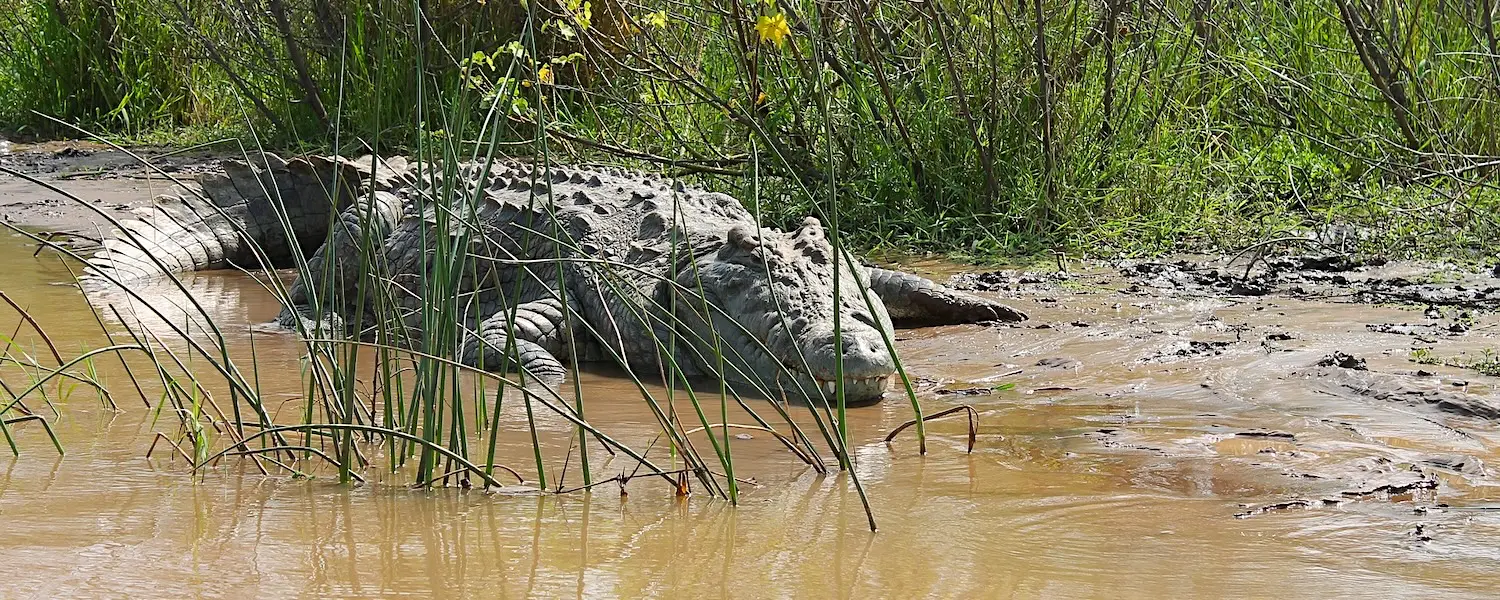
Kiang West National Park
Kiang West National Park is one of the largest and most important conservation areas in Gambia. Spread over 11,000 hectares, it was established in 1987 and represents a diverse ecosystem inclusive of mangroves, tidal creeks, and savanna. The park is known for its population of roan antelope, West African manatees, and a myriad of bird species, including the osprey and the African fish eagle. Its isolation from urban centres has helped preserve its unspoiled landscapes, offering an untouched slice of Gambian wilderness.
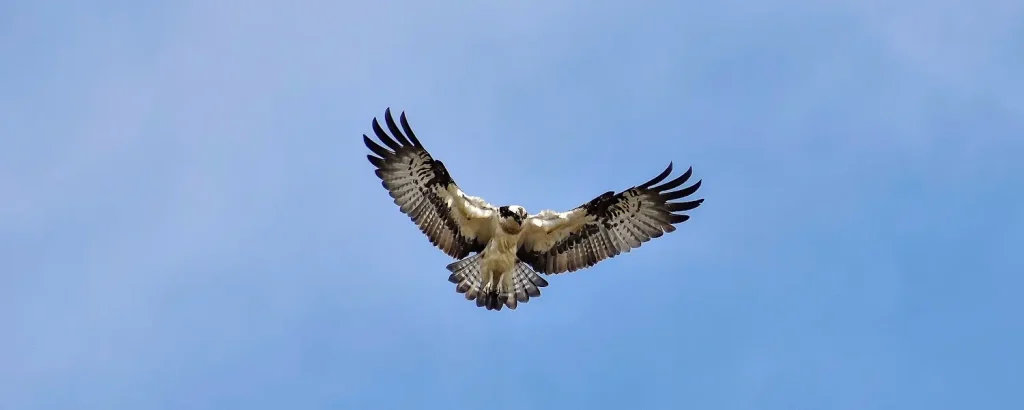
Bijilo Forest Park
Bijilo Forest Park, also known as Monkey Park, is an approachable excursion for those staying near the coastal resort areas. Situated just a stone’s throw from the Atlantic Ocean, the park covers approximately 51 hectares and is best known for the troops of Western Red Colobus and Green Vervet monkeys that inhabit the area. Bijilo is not only a site for observing primates but also a protected area for preserving coastal dune forests, a rare ecosystem within the country.

Bao Bolong Wetland Reserve
Covering a vast area north of the River Gambia, Bao Bolong Wetland Reserve is a RAMSAR site, recognized internationally as a wetland of significance. Designated in 1996, the reserve encompasses a variety of habitats, from salt marshes to mangroves, attracting both migratory and local birds. It is a breeding ground for species such as the African spoonbill and the woolly-necked stork. The reserve also acts as an essential fish nursery, supporting the livelihoods of local communities that depend on the river’s bounty.
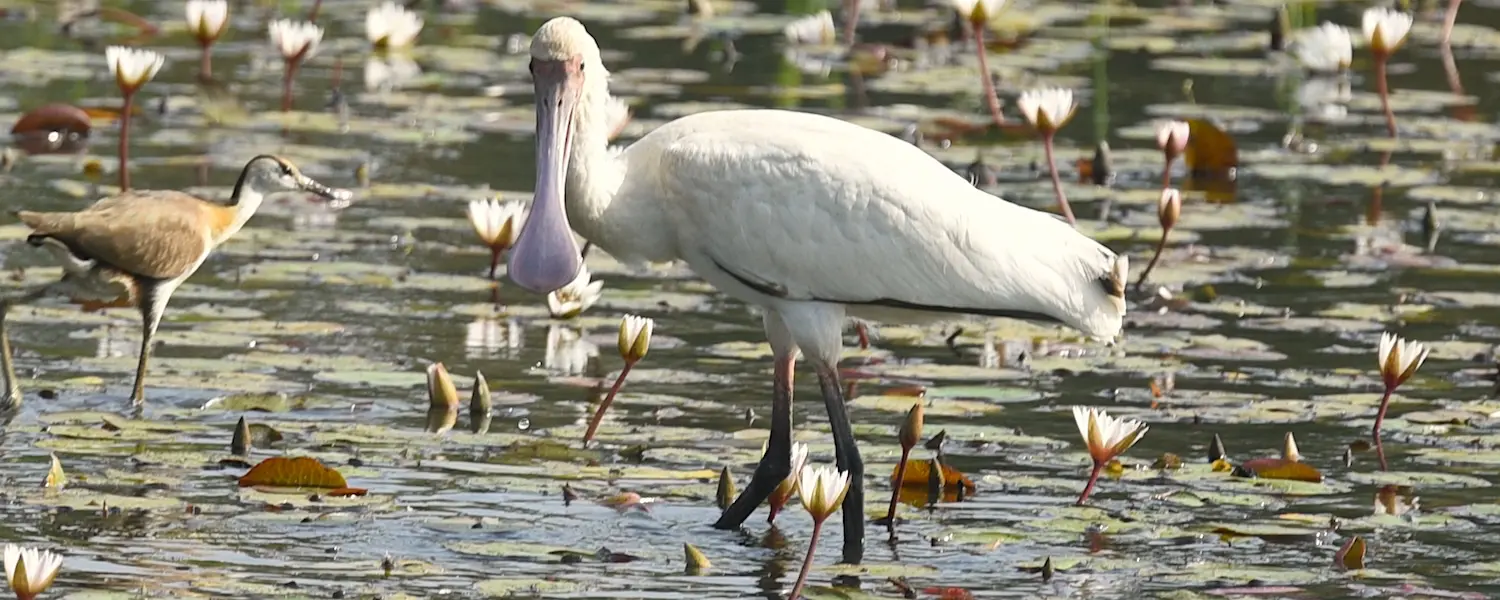
Tanji Bird Reserve
Tanji Bird Reserve, also known as the Tanji River Bird Reserve, is another jewel in The Gambia’s crown, especially for bird enthusiasts. This coastal reserve stretches over 612 hectares and includes a mix of marine and terrestrial habitats, from sandy beaches and dunes to mangrove swamps. The location of Tanji along the West African migratory route means that visitors can witness an impressive variety of both resident and Palearctic migrant birds, with over 300 species recorded here.
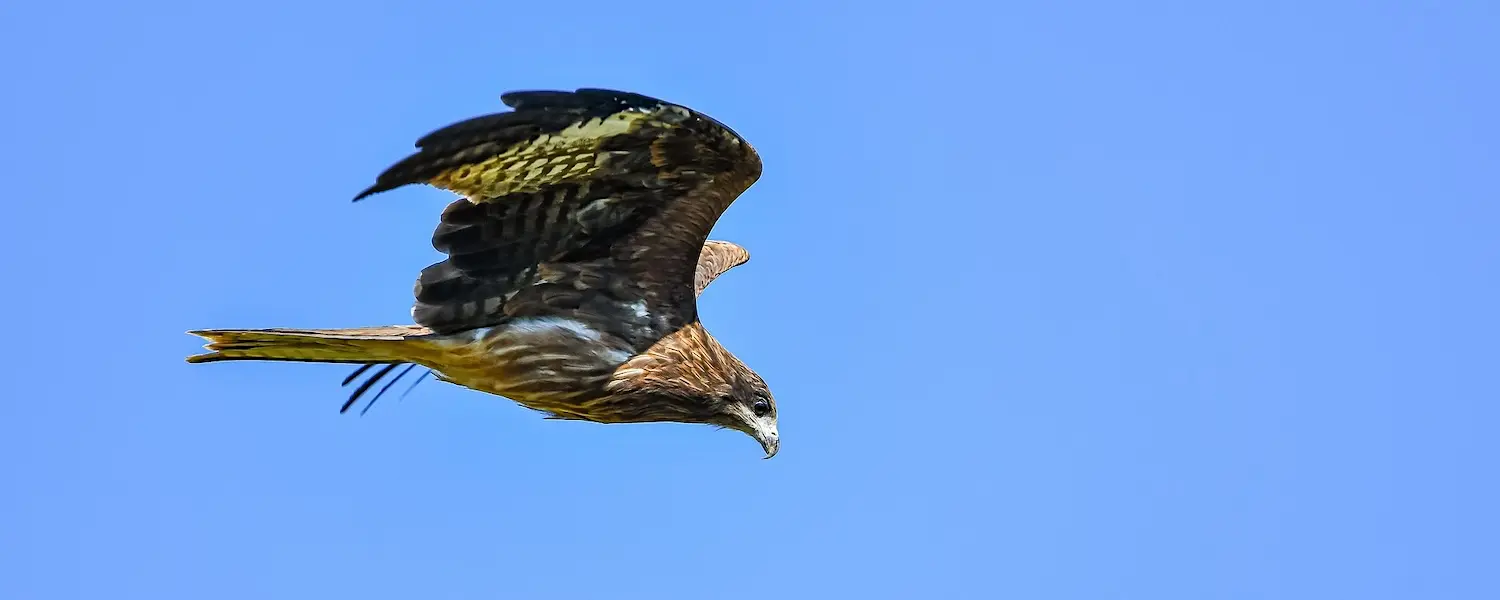
River Gambia National Park
River Gambia National Park is unique because it consists of a series of five islands within the Gambia River. This park, often called Baboon Islands, was set aside primarily to protect primate species including baboons, chimpanzees, and red colobus monkeys, although Baboon Island is the most famous and central. Human access is highly restricted to minimize disturbance to the animals, ensuring the park remains a sanctuary for wildlife rehabilitation and conservation research.
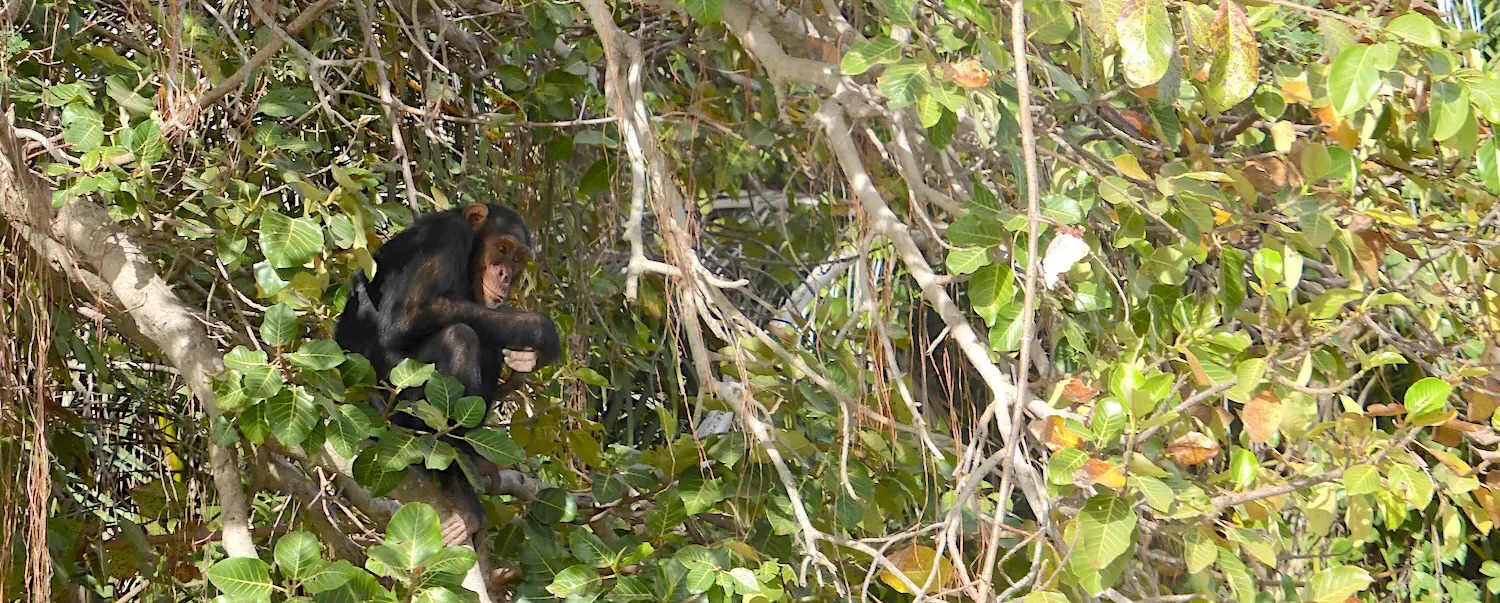
Niumi National Park
Situated on the border with Senegal, Niumi National Park encompasses a large area that includes terrestrial and marine habitats. Established in 1986, the park is home to various ecosystems, from coastal savannas to mangrove forests, and it teems with life. Niumi is particularly important for its bird populations, with species such as the royal tern and Caspian tern using the park’s beaches as breeding grounds.

Conservation Challenges and Efforts
While The Gambia’s parks and reserves are central to the country’s conservation efforts, they face significant challenges, including poaching, overfishing, and the encroachment of human settlements. To counter these threats, the Gambian government and various non-governmental organizations are actively working on educating communities, promoting sustainable practices, and strengthening the legal framework for wildlife protection.
The continued success of these protected areas is pivotal, not just for the ecological health of The Gambia but for the regional stability of species and habitats. As they become increasingly popular among tourists, these parks and reserves offer invaluable opportunities for eco-tourism and a sustainable source of revenue for the nation.
Embracing The Gambia’s Natural Wealth
Gambia’s parks and reserves are more than just tourist attractions; they are vital components of the nation’s natural heritage. These areas showcase The Gambia’s dedication to preserving its diverse ecosystems and provide an inspiring example of the beauty and value of African wildlife conservation. Whether it is the echoing call of the African fish eagle over Kiang West or the playful antics of monkeys in Bijilo, these parks hold wonders for all who visit them. Visitors leave not only with an enhanced appreciation for nature but also with the responsibility to ensure these parks continue to thrive for future generations to explore and enjoy.
